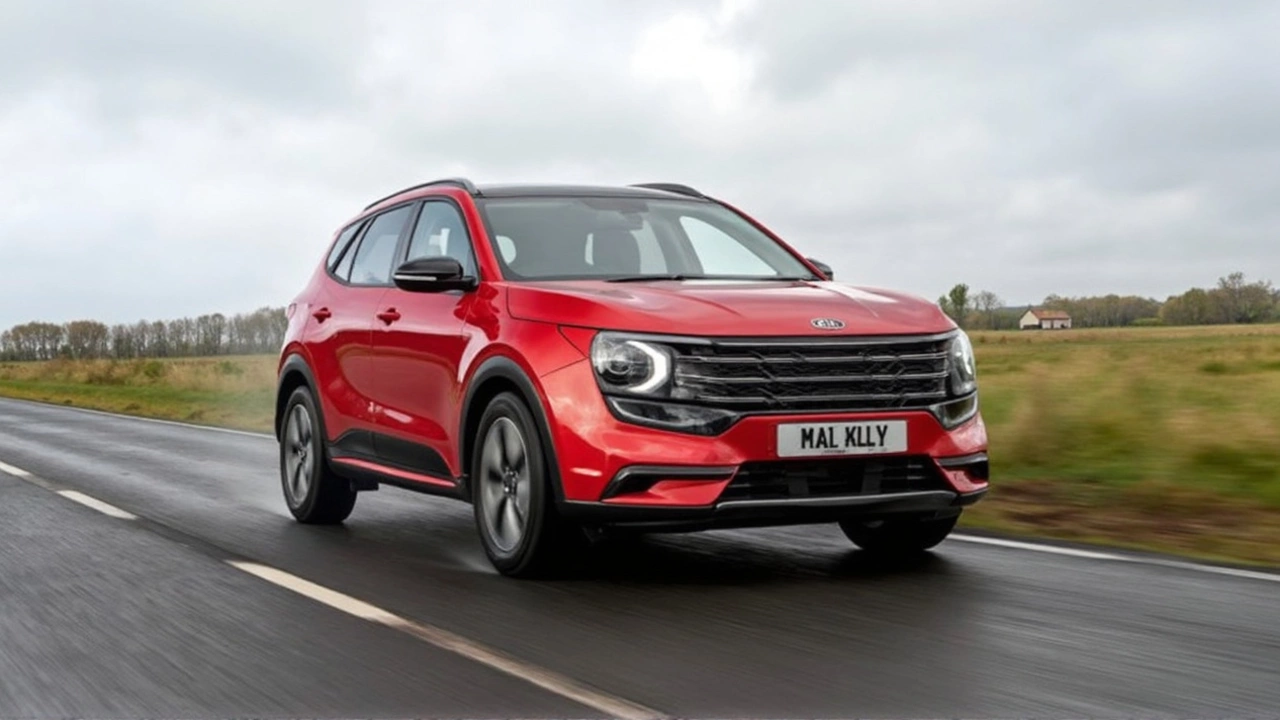SUV Market Trends 2025 – Your Quick Guide
If you’ve been scrolling through car ads lately, you’ve probably noticed more SUVs than ever. That’s not a coincidence – the SUV market is booming, and the numbers back it up. In 2024 global SUV sales topped 20 million units, a record that shows shoppers still crave space, height, and rugged looks. But the market isn’t just bigger; it’s changing fast. Electric powertrains, advanced driver‑assist tech, and tighter fuel‑economy rules are reshaping what’s on the showroom floor.
Why SUVs Keep Dominating
First, people love the practical vibe. An SUV gives you a higher driving position, plenty of cargo room, and the ability to tackle a weekend trip without cramming everyone into a sedan. Families, outdoor enthusiasts, and even city commuters find that mix hard to beat.
Second, manufacturers are listening. Almost every major brand now offers at least one SUV in its lineup, from compact crossovers to full‑size luxury models. This flood of options means buyers can pick a vehicle that matches their budget and style without sacrificing the SUV feel.
Third, technology is leveling the field. Older concerns like poor fuel economy and bulky handling are fading. Hybrid and fully electric SUVs are gaining ground, with models like the Tesla Model Y and Ford Mustang Mach‑E hitting the 300‑mile range mark. At the same time, active safety suites – blind‑spot monitoring, adaptive cruise control, lane‑keep assist – are becoming standard, making SUVs safer than many older sedans.
How to Pick the Right SUV for You
Start with your daily needs. If you mostly drive around town, a compact crossover (think Toyota RAV4 or Honda CR‑V) offers good fuel mileage and easy parking. If you haul gear for camping or need extra passenger seats, look at midsize options like the Kia Sorento or Hyundai Santa Fe.
Next, think about power. Gas engines still dominate, but a plug‑in hybrid can slash fuel costs if you have a short commute and can charge at home. For the eco‑conscious, pure electric SUVs like the Volkswagen ID.4 or Volvo XC40 Recharge give zero tailpipe emissions and lower running costs, though you’ll need to consider charging infrastructure.
Don’t forget to budget for ownership. SUVs tend to have higher insurance premiums and maintenance costs than smaller cars. Check the warranty, look up typical repair expenses, and compare expected depreciation – some models hold value better than others.
Finally, take a test drive. A vehicle might look great on paper, but you’ll only know if the ride feels right when you’re behind the wheel. Pay attention to visibility, steering effort, and how the cabin noise feels at highway speeds. If the SUV feels too big for your comfort zone, a slightly smaller model might be a smarter fit.
The SUV market is bigger and smarter than ever, offering something for almost any driver. By focusing on your real‑world needs, weighing powertrain choices, and checking total ownership costs, you can cut through the hype and find an SUV that fits your life and budget. Happy hunting!




